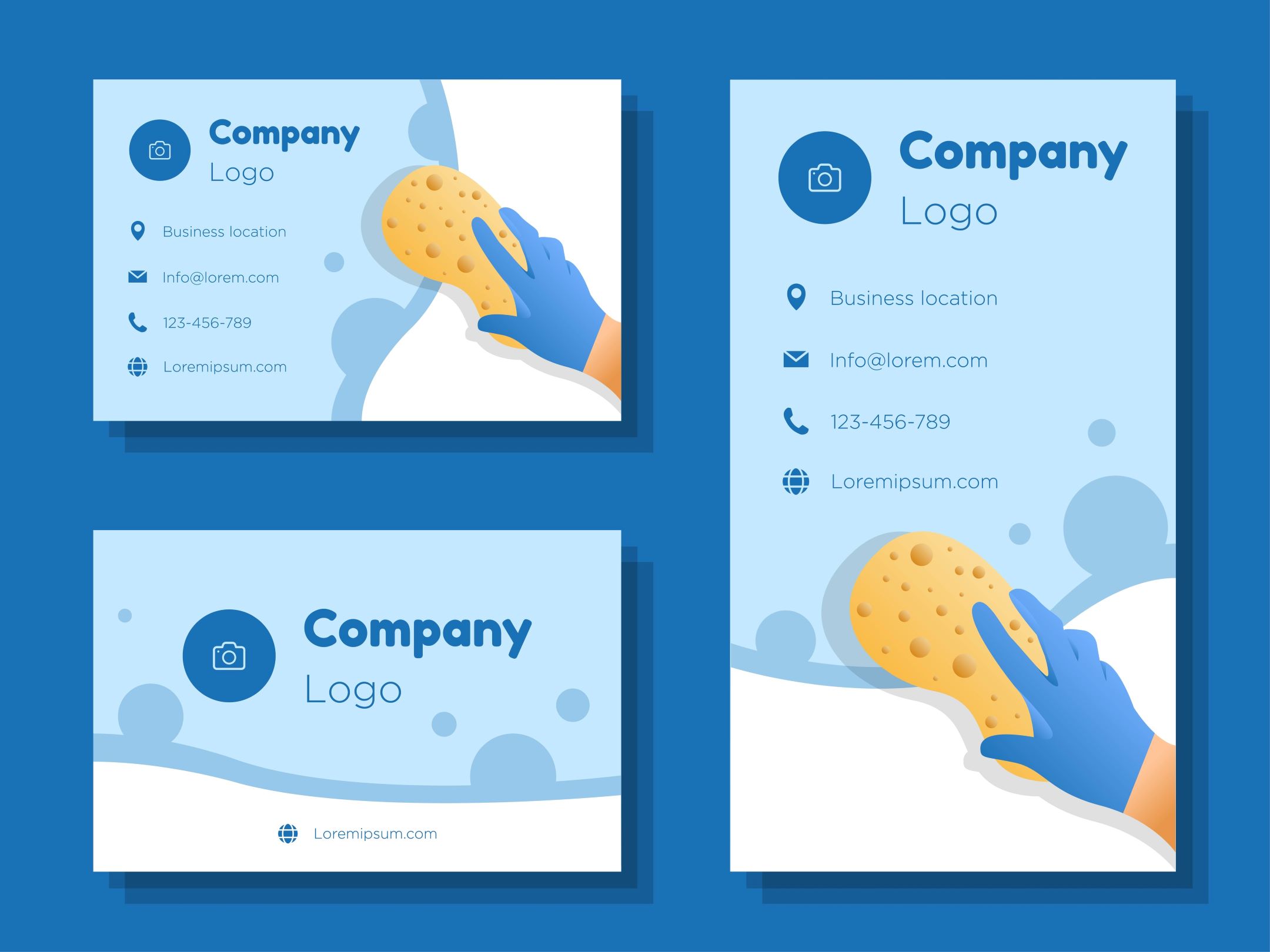Having a virtual business card is just as crucial as having a traditional one. A virtual business card helps you share your digital contact information quickly and reflects your brand’s personality and professionalism. Whether you’re an entrepreneur, freelancer, or part of a larger organisation, your digital business card is often the first impression you make on potential clients and partners.
That said, here are the essential steps for creating the best digital business card that reflects your brand:
Understand Your Brand
Your brand is your business’s heartbeat. It’s more than just a logo—it’s the personality that sets you apart. To create a standout virtual business card, you need to know your brand inside and out.
Start by pinpointing your core values. What drives your business? Is it innovation, sustainability, or exceptional service? Every aspect of your card should reflect these values.
Next, consider your visual identity. What colours and fonts best represent your brand? A tech startup might opt for a sleek, minimalist design, while a creative agency could embrace bold, vibrant hues.
Think about the feeling you want to evoke. When someone sees your virtual card, what impression do you want to have? Your business card design choices should align with this goal.
Note that your virtual business card is your first impression in the digital world. Make it count by ensuring it truly reflects your unique brand identity.
Choose the Right Platform
You have many options when it comes to crafting your digital business card. The key is finding a platform that feels right for you and aligns with your brand vision.
Opt for user-friendly options that provide business card templates and easy customisation. These can be perfect if you’re not a design professional. You can also explore more advanced tools if you want complete creative control.
Consider your budget as you browse. While many platforms offer free basic versions, premium features might be worth the investment for a distinctive electronic business card.
Additionally, select a suitable mobile-compatible platform. Your virtual card should look sharp on smartphones, where people are more likely to view it more often.
Take advantage of free trials to test drive different platforms. Look for intuitive interfaces and designs that align with your brand aesthetic. The right platform will make the creation process smooth and enjoyable. Take your time to find one that lets your unique brand identity shine through effortlessly.
Design Your Card
Once you choose a platform, now comes the fun part: designing your card! Here are some tips to get you started:
Select a Template
The first step is selecting a template that aligns with your brand’s aesthetic. Most design platforms offer a variety of templates categorised by industry and style. Look for one that feels like a natural fit for your brand, but remember that you can always customise it further.
Add Your Logo and Photo
Including your logo on your virtual business card is essential. It reinforces your brand identity and makes your card recognisable. Additionally, consider adding a professional photo of yourself. This can make your card more personal and engaging, especially if you’re a freelancer or an entrepreneur.
Customise the Colours and Fonts
Colours and fonts are fundamental to your brand’s identity. Use the same colours and fonts on your website, social media, and other marketing materials. Consistency is key to creating a cohesive brand image. If your brand has a style guide, refer to it when selecting colours and fonts.
Include Essential Information
Make sure to include all the necessary information your contact will need to create the best digital business card. This typically includes:
- Your name
- Your job title
- Your company name
- Contact info (email, phone number, website)
- Social media handles
Your digital card is more than a digital contact sheet—it’s your gateway to new connections and opportunities. By including these essential details, you’re providing potential contacts with everything they need to start a meaningful professional relationship.
Add a Tagline or Mission Statement
Including a brief tagline or mission statement can add more depth to your card and give contacts a quick sense of what your brand is about. Keep it short and to the point, and make sure it aligns with your overall brand message.
Craft a compelling online business card that speaks volumes before you interact with your audience. By blending eye-catching design with crucial information, you’re sharing contact details, inviting potential connections into your professional world, and setting the stage for future opportunities.
Make Your Card Interactive
Your virtual business card can be more than just a static display of information. It’s your chance to create a dynamic portal to your professional world.
Imagine embedding a Quick Response (QR) code that whisks contacts straight to your portfolio—one quick scan, and they’re immersed in your best work. QR codes allow you to turn a simple card into a gateway to your achievements.
Transform your contact info into interactive elements. Make your email, phone number, and social handles clickable. And if you’re ready to stand out? Add a brief video to your card. Show yourself explaining your passion or showcase your latest project. You’ll create a personal connection that text alone can’t match.
Rich interactive elements should serve a purpose. You’re guiding potential clients or collaborators into your professional story. With these enhancements, your virtual card becomes a powerful networking tool that represents your brand.
Test Your Card
Once your digital business card is ready, don’t share it just yet. Test it on different devices and platforms to ensure it looks good everywhere. How does it look on your desktop, tablet, or smartphone? Check that images remain crisp and the text stays readable, no matter the screen size.
Click through every interactive element. Each link should spring to life, whisking viewers to your emails, website, or social profiles without a hitch. Do you have a QR code? Scan it with various devices to confirm it always leads to the right destination.
Don’t forget to enlist help. Ask colleagues to view your card and provide feedback. Their fresh perspective might catch something you missed. This virtual card is your digital handshake. Testing it guarantees a flawless first impression, regardless of the device used.
Share Your Virtual Business Card

Your new digital business card is polished and ready to make waves. Now, it’s time to get it out there and start building connections.
First, embed your card in your email signature. Every message you send becomes a networking opportunity. You might close a deal or land a new client simply because they clicked on your signature.
Next, showcase your card on social media profiles. Pin it to the top of your feed or add it to your bio. You’ll turn casual scrollers into potential collaborators.
Are you planning to attend a virtual event? Drop your card link in the chat during introductions. It’s a modern, effortless way to exchange information with fellow attendees.
Bridge the digital and physical by creating traditional business cards with a QR code linking to your virtual one. Hand these out at in-person events and watch as people instantly access your entire digital presence.
Keep Updating Your Virtual Card
The beauty of your digital business card lies in its flexibility. Unlike paper business cards, you can easily update your electronic business cards with just a few clicks.
Did you get a promotion? Update your title instantly. Have you launched a new website? Add the link right away. Did you change your phone number? No problem! You can adjust it in seconds.
Set reminders to review your card every few months. This ensures that your information stays accurate and your design remains fresh. As platforms evolve, you may discover new features to add.
Outdated information can cost you opportunities. By keeping your virtual card current, you’re always putting your best foot forward. Make updating your card a regular habit. It’s a small task that can yield significant results in your professional journey.
Conclusion
Creating a virtual business card that truly reflects your brand is a vital step in establishing a solid professional presence in the digital world. Your virtual business card isn’t just a tool for sharing contact information—it’s a representation of your brand’s personality, values, and professionalism. By following the steps outlined in this guide, you can design a virtual business card that stands out, makes a lasting impression, and opens doors to new connections and opportunities.
